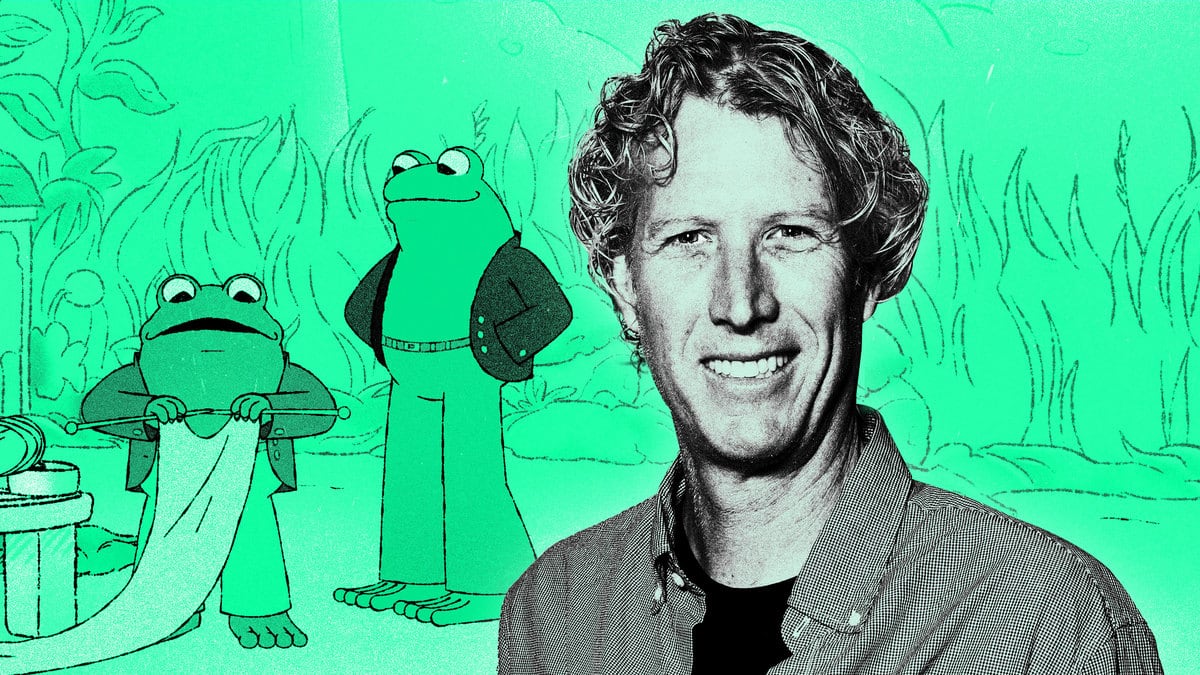Frog and Toad Are Still Gay In Apple’s New Kids’ Show—If You Want Them to Be
BEST BUDS
The creator of Apple TV+’s new “Frog and Toad” series talks through bringing the children’s book characters to life—and not being afraid of the queer subtext so many fans cherish.

Trending Now





